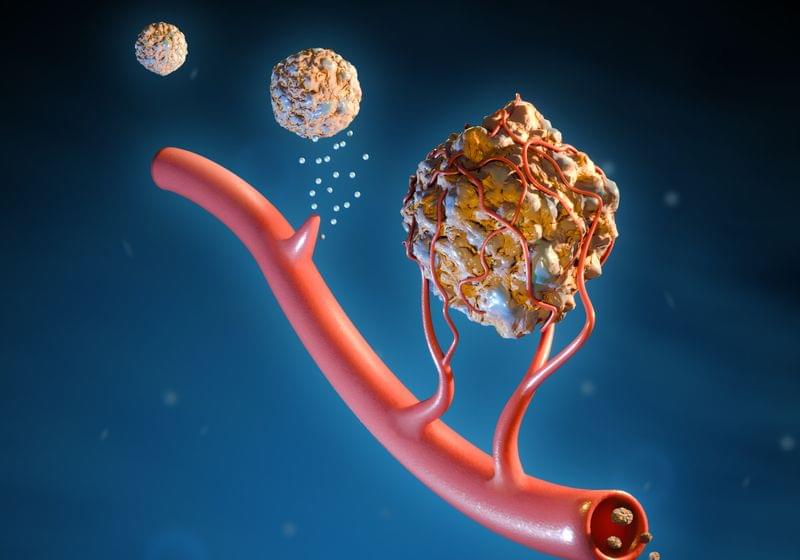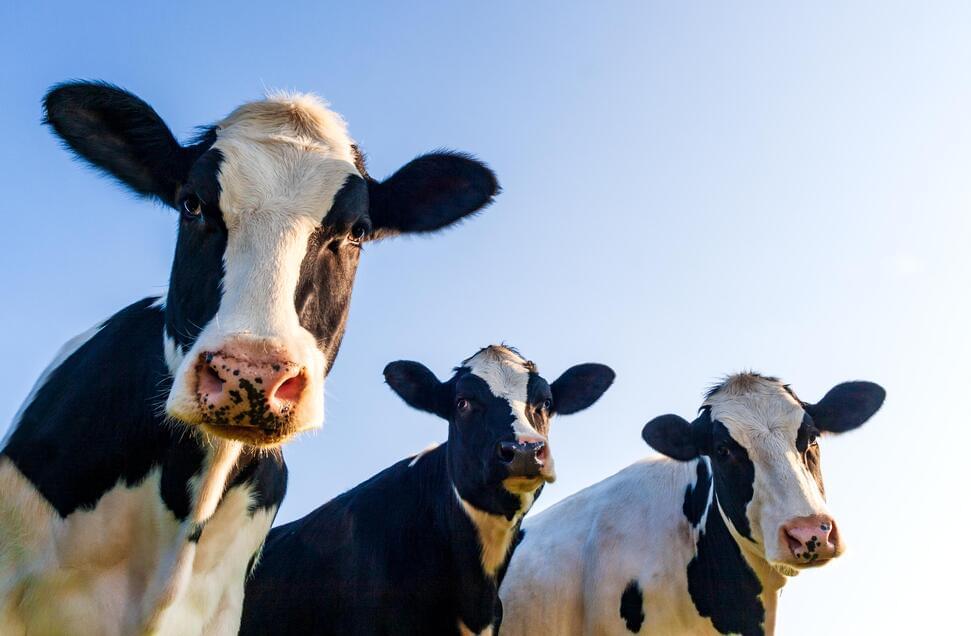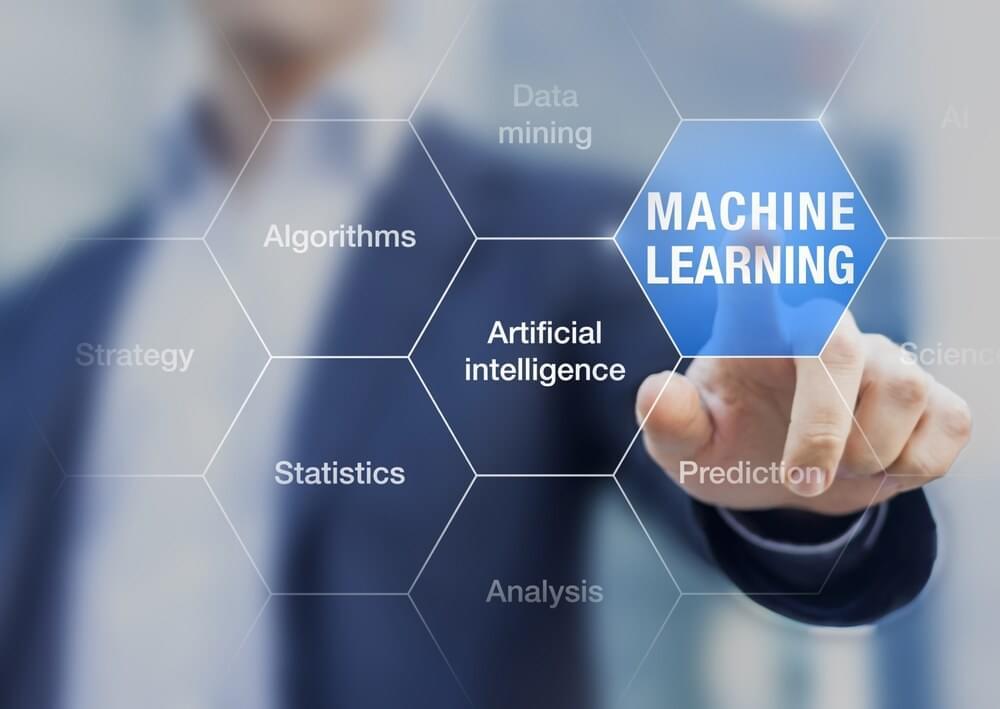Scientists have categorized different types of CRISPR systems into two classes based on how their Cas nucleases function. In class 1 (types I, III, and IV), different Cas proteins form a complex machinery to identify and cut foreign DNA; in class 2 CRISPR systems (types II, V, and VI), a single Cas protein effector recognizes and cleaves DNA.9
After characterizing CRISPR’s role as a defense mechanism in bacteria, researchers soon realized that they could harness this system for gene manipulation in any cell. All they needed to do was design a CRISPR gRNA sequence that bound to a specific DNA sequence and triggered the Cas nuclease, which would then cut precisely at that location. With CRISPR, researchers routinely knock out gene function by cutting out a DNA fragment, or they insert a desired genetic sequence into the genome by providing a reference DNA template along with the CRISPR components. While editing eukaryotic cells has been the focus for tackling diseases, many researchers now use CRISPR to edit bacterial communities.
“It’s almost like back to the beginning or back to the origins. There’s some irony in bringing CRISPR back to where it came from,” said Rodolphe Barrangou, a functional genomics researcher at North Carolina State University, who helped characterize the immune function of CRISPR and has been working with it for more than 20 years.








